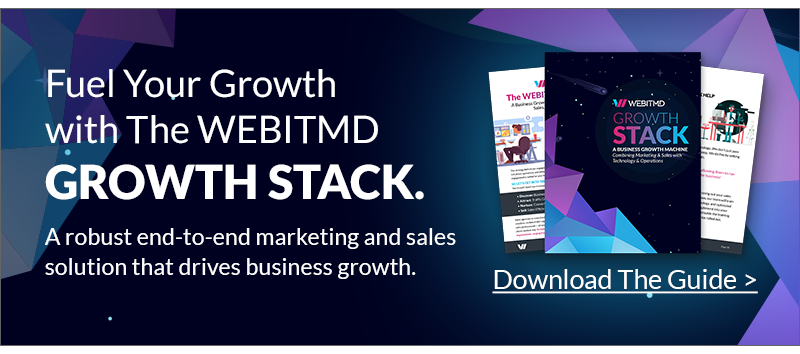If you want to to keep track of your inbound marketing performance and make continuous improvements to your marketing strategy, you’ll need to set up attribution reports. Attribution reports tell you which lead sources produce the most conversions and have the biggest impact. And with so many channels at the modern marketers disposal, keeping track of which ones to prioritize and which ones to ditch is crucial.
Attribution reports are tricky, though. There are so many different ways to track your leads’ movements and interactions, that it really depends on what exactly you are trying to prove. This article will focus on three main types of attribution models and when you should use them.
First-Touch Attribution for Inbound Marketing
First-touch attribution tracks the very first interaction that a custom has with your brand and gives 100% of the credit to that lead source. This type of attribution model ignores everything that happened after that first interaction and is only concerned with the original lead source.
Example of First-Touch Attribution
If a lead comes to your site via Organic Search but then two weeks later, they convert on a retargeting ad, Organic Search will get full credit for the lead.
The Pros
- Easy to track and implement
- Shows where your contacts come from
- Gives insight into top-funnel marketing activities
The Cons
- It ignores all interactions after first conversion which can be equally important
- Provides little insight into bottom-funnel activities
When to Use First-Touch Attribution
First-touch attribution shows you where your traffic is coming from and which channels are producing the most qualified leads. It is also helpful if your goal is to drive consistent top-funnel traffic to your website.
Last-Touch Attribution
Last-touch attribution is the standard model for most platforms, including Google Analytics. In contrast to first-touch attribution models, this model gives full credit to the last interaction a lead had before the conversion. This helps you to understand which inbound marketing efforts are producing conversions lower in the funnel.
Example of Last-Touch Attribution
A visitor comes to your site via organic search and converts on a content offer. Two weeks later they click on a retargeting ad and fill out your “contact us” form. The retargeting ad would get the credit since it provided the most recent conversion.
The Pros
- Easy to track and implement
- Gives insight into what is producing your SQLs
The Cons
- It ignores everything that happened prior
- Doesn’t give a complete picture of the buyer’s journey
When to Use Last-Touch Attribution
Last-touch attribution is helpful when you have a relatively short sales cycle and want to know which actions and channels are producing the most sales.
Linear Attribution Models
Site visitors don’t always convert right away. A lot of times, multiple interactions will take place before somebody converts into a sales qualified lead and giving all the credit to a single channel just doesn’t tell the whole story.
The linear attribution model tracks multiple touch points and splits the credit evenly among all sources. This is the best way to track the effectiveness of an entire inbound marketing campaign rather than just one channel.
Example of Linear Attribution
A contact comes to your site via Organic Search and then later clicks on a social media post to download a content offer. Eventually, they convert on one of your emails and become an SQL. In this case, the credit would be split evenly between Organic Search, Social Media, the content offer, and Email Marketing.
The Pros
- Provides the most complete picture of how your inbound marketing funnel is working.
- Gives you detailed insight into the buyer’s journey
- Tells you which campaigns perform the best
The Cons
- All channels get equal credit
- You don’t know which interaction had the greatest impact
- It is more complex and time consuming to implement
When to Use Linear Attribution
Linear attribution models are effective in proving the value of your marketing efforts. They show how each channel and touchpoint contribute to the overall success of your inbound marketing. If you ever need to prove your value to a client or your boss, this is the way to do it.
Telling the Story
There comes a point in every marketer’s career when they will have to prove their value. Attribution reports give you a way to track the journey your leads are taking and identify which channels are producing the biggest impact.
Of course, there are lots of different ways to tell the story. This post has only covered some of the most common and easily implemented attribution models, but there are many more. The type of report you build will depend on the kind of data you need to showcase.
Download this FREE Growth Stack guide for more tips on optimizing your entire marketing and sales funnel.


.jpg)






(1).jpg)

.jpg)



![5 Reports to Elevate Your HubSpot Sales Dashboard [+ Examples]](https://2363531.fs1.hubspotusercontent-na1.net/hub/2363531/hubfs/Imported_Blog_Media/6-winning-examples-of-a-hubspot-sales-dashboard-2.png?width=767&name=6-winning-examples-of-a-hubspot-sales-dashboard-2.png)

